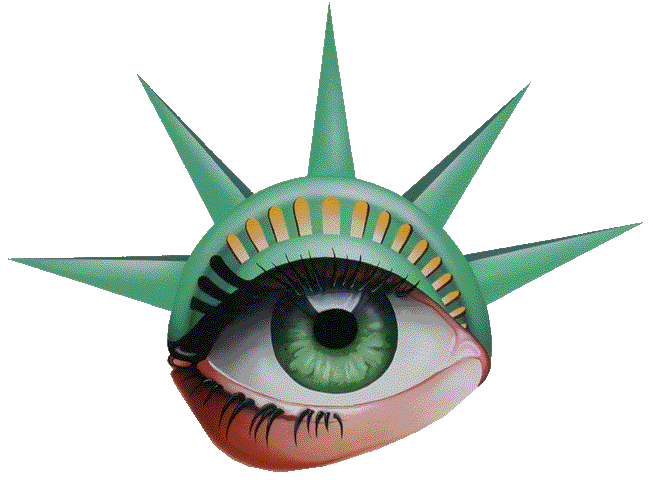Photophobia, also known as light sensitivity, is a condition where an individual experiences discomfort or pain in the eyes due to exposure to light. This condition can range from mild discomfort to severe pain and is often associated with various medical conditions. This comprehensive article explores photophobia, its causes, symptoms, diagnosis, and treatment options, focusing on its medical aspects.
What Causes Photophobia?
Medical Conditions
Several medical conditions can lead to photophobia. These include:
- Migraines: Migraines are a common cause of photophobia. During a migraine, light can intensify the headache pain.
- Eye Disorders: Conditions such as uveitis, keratitis, and conjunctivitis can make the eyes more sensitive to light.
- Neurological Disorders: Diseases affecting the brain, such as meningitis or traumatic brain injuries, can cause photophobia.
- Mental Health Conditions: Anxiety and depression are also linked to increased light sensitivity.
External Factors
Photophobia can also result from external factors such as:
- Medications: Certain drugs, like those used to treat infections or pain, can cause light sensitivity as a side effect.
- Environmental Factors: Prolonged exposure to bright screens or direct sunlight can trigger or worsen photophobia.
Symptoms of Photophobia
The primary symptom of photophobia is discomfort or pain in the eyes when exposed to light. Other symptoms may include:
- Squinting: Constantly squinting in bright environments.
- Eye Strain: Feeling of tiredness in the eyes.
- Headaches: Light exposure often triggers headaches.
- Nausea: In severe cases, photophobia can cause nausea or dizziness.
Diagnosing Photophobia
Medical History
A thorough medical history is crucial for diagnosing photophobia. Patients should inform their healthcare provider about any pre-existing conditions, medications, and recent changes in vision.
Eye Examination
An eye examination helps identify any underlying eye conditions contributing to photophobia. Tests may include:
- Slit-Lamp Examination: To check for inflammation or damage to the eye.
- Visual Acuity Test: To measure the clarity of vision.
- Dilated Eye Exam: To examine the retina and optic nerve.
Neurological Examination
If a neurological disorder is suspected, additional tests such as MRI or CT scans may be necessary to check for abnormalities in the brain.
Treatment Options for Photophobia
Managing Underlying Conditions
Treating the root cause of photophobia is the most effective way to alleviate symptoms. This may involve:
- Medications: Anti-inflammatory drugs for eye infections, or migraine medications.
- Therapy: For mental health conditions contributing to photophobia.
Lifestyle Adjustments
Making certain lifestyle changes can help manage photophobia:
- Wearing Sunglasses: Especially in bright environments.
- Adjusting Screen Brightness: Lowering the brightness of digital screens.
- Using Filters: Blue light filters on screens can reduce eye strain.
Medical Treatments
For severe cases, medical treatments might include:
- Prescription Eyewear: Tinted lenses designed to reduce light sensitivity.
- Eye Drops: To reduce inflammation or lubricate the eyes.
- Botox Injections: In some cases, Botox can help reduce the frequency of migraines that cause photophobia.
Understanding Photophobia in Medicine
| Aspect | Details |
|---|---|
| Definition | Light sensitivity causing discomfort or pain. |
| Common Causes | Migraines, eye disorders, neurological disorders, mental health conditions. |
| Symptoms | Discomfort, pain, squinting, eye strain, headaches, nausea. |
| Diagnosis | Medical history, eye examination, neurological examination. |
| Treatment | Managing underlying conditions, lifestyle adjustments, medical treatments. |
In-Depth Questions About Photophobia
What Is the Connection Between Migraines and Photophobia?
Migraines are often accompanied by photophobia. During a migraine, the brain’s response to light can become hypersensitive. This heightened sensitivity results in pain when exposed to light. The exact mechanism is not fully understood, but it’s believed that the trigeminal nerve, which transmits pain signals from the face to the brain, plays a role. Treatment for migraine-related photophobia includes:
- Preventive Medications: Such as beta-blockers or anticonvulsants.
- Acute Treatments: Like triptans or nonsteroidal anti-inflammatory drugs (NSAIDs).
Can Photophobia Be a Symptom of Serious Neurological Conditions?
Yes, photophobia can indicate serious neurological conditions such as meningitis or brain tumors. Meningitis, an inflammation of the protective membranes covering the brain and spinal cord, often presents with photophobia. Other symptoms of meningitis include severe headache, stiff neck, and fever. Prompt medical attention is crucial if photophobia is accompanied by these symptoms. Diagnostic tests may include:
- Lumbar Puncture: To analyze cerebrospinal fluid.
- Imaging: MRI or CT scans to detect brain abnormalities.
How Do Eye Disorders Lead to Photophobia?
Eye disorders like uveitis (inflammation of the uvea), keratitis (corneal inflammation), and conjunctivitis (inflammation of the conjunctiva) can cause photophobia. These conditions increase the eye’s sensitivity to light by affecting the eye’s structure and function. Treatment involves addressing the underlying eye disorder through:
- Anti-Inflammatory Medications: Such as corticosteroids.
- Antibiotics or Antivirals: For infections causing inflammation.
Are There Preventive Measures for Photophobia?
While not all cases of photophobia can be prevented, certain measures can reduce the risk or severity of light sensitivity:
- Regular Eye Exams: To detect and treat eye conditions early.
- Proper Lighting: Using adequate lighting that doesn’t strain the eyes.
- Protective Eyewear: Using sunglasses with UV protection outdoors.
Conclusion
Photophobia, or light sensitivity, affects many individuals and can range from mild discomfort to severe pain. Understanding its causes, symptoms, and treatment options is crucial for managing this condition. At Liberty Laser Eye Center, we are dedicated to helping patients with various eye conditions, including photophobia. For more information or to schedule a consultation, contact us. Visit our website to learn more about our services, such as what happens if you move your eye during LASIK and how long does a LASIK consultation take. Our expert team is here to provide the best care for your eyes.


